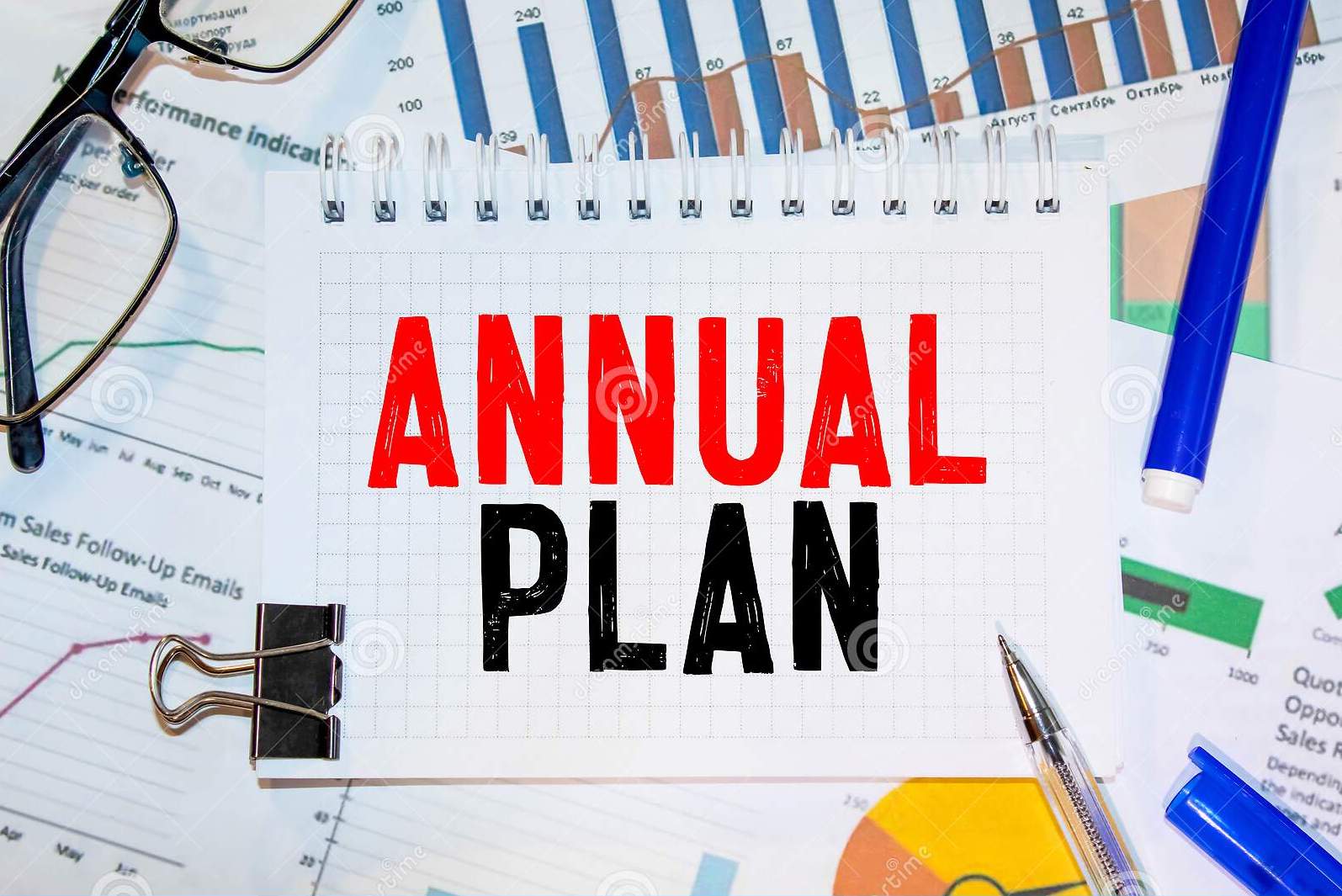Most nonprofit organizations have (or should have!) a long-term strategic plan, one that they have spent a great deal of time and resources to develop. By engaging various staff, board members and stakeholders, the strategic planning process can be an effective way to identify strategies that will support the organization as it strives to fulfill its mission. As stellar as the strategic plan may be, however, unless its strategies are methodically put into action, the plan itself becomes inconsequential to the agency’s operations.
Generally speaking, a strategic plan covers a three-to-five-year period (most common is three years) – which in today’s real-time, fast-paced operating environment can seem daunting to even the most seasoned nonprofit leaders. This is where an annual plan can become a strategic plan’s greatest tool for success. First, it is essential to understand the difference between the two. A strategic plan clearly defines the organization’s mission, lays out a vision of what it wants to achieve over the next few years, and defines several strategic priorities designed to guide the agency toward mission fulfillment. This is the framework for what is to come. An annual plan – or work plan – is staff-driven, designed with specific objectives, outcome measures, and areas of responsibility (including timelines) in order to provide the day-to-day guidelines needed to ensure the strategic goals are ultimately met.
We’ve gathered these key considerations to help create a valuable and effective annual plan:
- Be sure annual planning remains an inclusive process for everyone involved, including internal and external parties; when people feel personally connected they are more likely to take ownership and responsibility for the tasks at hand
- List only the strategies to be implemented during the coming year; this keeps focus on the short-term as well as laying out a manageable, rather than overwhelming, plan for the next year
- Break down annual strategies into smaller goals that are assigned to specific areas or individuals, including due dates and follow-up procedures
- Expect that future events will often cause the need to reevaluate and perhaps even change the course of part of the plan; being ‘at the ready’ and adaptable to unforeseen events will only help to move both plans forward!
-
Annual plans may also incorporate other regular planning processes, including review of the technology and information management plan, financial planning, human resources planning, etc.
- The annual plan is precisely the place to be specific; use a variety of tools here that will highlight the details of the plan’s successes and shortcomings, such as metrics, measurements, or any other analytical tools that are relevant to evaluating the plan’s overall goals


